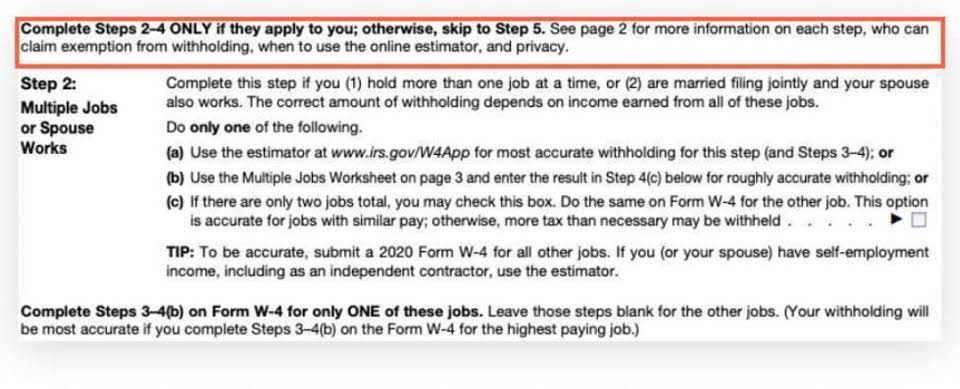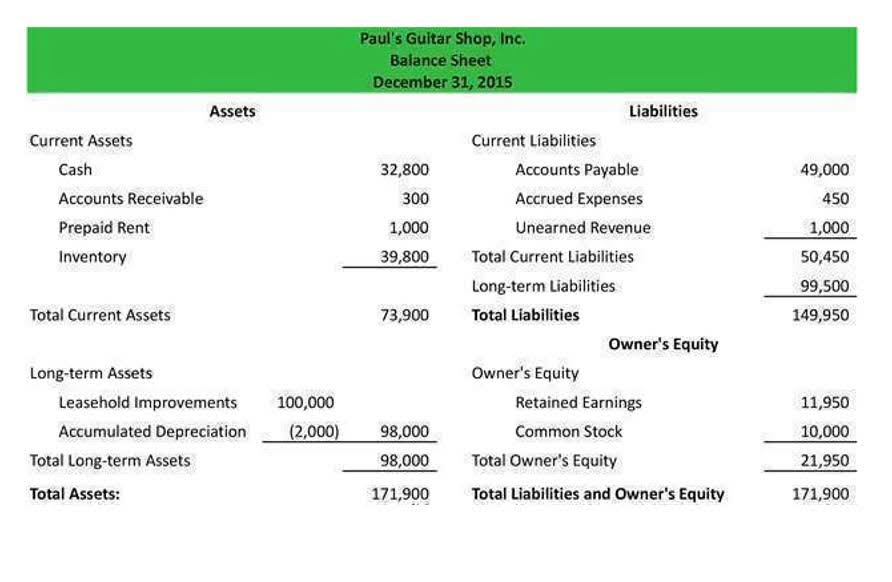
Repurchase agreements involve a temporary exchange of cash against collateral discounted by a haircut,2 with the trade usually reversed within a short period of time. Conversely, margin lending is usually a floating rate loan without a fixed term maturity. In successful use of financial leverage requires a firm to addition, while repo leverage is restricted by haircuts, margin lending leverage is restricted by portfolio margin requirements.
Financial Leverage vs. Margin
Financial ratios hold the most value when compared over time or against competitors. Be mindful when analyzing leverage ratios of dissimilar companies, as different industries may warrant different financing compositions. You can analyze a company’s leverage by calculating its ratio of debt to assets. If the debt ratio is high, a normal balance company has relied on leverage to finance its assets. If it is lower than 1.0, it has more assets than debt—if it is higher than 1.0, it has more debt than assets.
Factors Considered in the Capital Structure Decision-Making Process
In general, a debt-to-equity ratio greater than one means a company has decided to take out more debt as opposed to finance through shareholders. Though this isn’t inherently bad, the company might have greater risk due to inflexible debt obligations. The company must be compared to similar companies in the same industry or through its historical financials to determine if it has a good leverage ratio.
- In addition, investment funds are subject to lighter regulation than banks, and some business models, such as hedge funds, inherently take on more risk and are leveraged by design.
- First, from the standpoint of management, companies that are run by aggressive leaders tend to use more financial leverage.
- Under both of these circumstances, the use of financial leverage increases the company’s profits.
- Adam Hayes, Ph.D., CFA, is a financial writer with 15+ years Wall Street experience as a derivatives trader.
- However, with these advantages come increased earnings variability and the potential for an increase in the cost of financial distress, perhaps even bankruptcy.
- For example, lenders often set debt-to-income limitations when households apply for mortgage loans.
Optimal Use of Financial Leverage in a Corporate Capital Structure
Margin allows you to borrow money from a broker for a fixed interest rate to purchase securities, options, or futures contracts in anticipation of receiving substantially high returns. Fundamental analysts can also use the degree of financial leverage (DFL) ratio. The DFL is calculated by dividing the percentage change of a company’s earnings per share (EPS) by the percentage change in its earnings before interest and taxes (EBIT) over a period. For example, if a public company has total assets valued at $500 million and shareholder equity valued at $250 million, the equity multiplier is 2.0 ($500 million ÷ $250 million). There is an entire suite of leverage financial ratios used to calculate how much debt a company is leveraging in an attempt to maximize profits. As you can see from the table below, financial leverage can be used to make the performance of a company look dramatically better than what can be achieved by solely relying on the use of equity capital financing.

Consumer Leverage Ratio

This type of leverage strategy can work when more revenue is generated than the debt created by issuing bonds. On top of that, brokers and contract traders often charge fees, premiums, and margin rates and require you to maintain a margin account with a specific balance. This means that if you lose on your Bookstime trade, you’ll still be on the hook for extra charges.
Equity Multiplier
Investors who are not comfortable using leverage directly have a variety of ways to access leverage indirectly. They can invest in companies that use leverage in the ordinary course of their business to finance or expand operations—without increasing their outlay. Based on this equation, the DuPont Model illustrates that a company’s ROE can only be improved by increasing the company’s profitability, by increasing its operating efficiency or by increasing its financial leverage. With that said, once these questions have been answered, the management of a company can design the appropriate capital structure policy and construct a package of financial instruments that need to be sold to investors.

By following this systematic process, management’s financing decision should be implemented according to its long-run strategic plan, and how it wants to grow the company over time. Because of the risks of using leverage, it’s important to compare the advantages and disadvantages and determine whether financial leverage truly makes sense for your financial circumstances and goals. As opposed to using additional capital to gamble on risky endeavors, leverage enables smart companies to execute opportunities at ideal moments with the intention of exiting their leveraged position quickly. Trades can become exponentially more rewarding when your initial investment is multiplied by additional upfront capital.

Measurement of Financial Leverage Risk
If the investor only puts 20% down, they borrow the remaining 80% of the cost to acquire the property from a lender. Then, the investor attempts to rent the property out, using rental income to pay the principal and debt due each month. If the investor can cover its obligation by the income it receives, it has successfully utilized leverage to gain personal resources (i.e., ownership of the house) and potential residual income. Consumer Leverage is derived by dividing a household’s debt by its disposable income. Households with a higher calculated consumer leverage have high degrees of debt relative to what they make and are, therefore, highly leveraged. But if it had $500 million in assets and equity of $100 million, its equity multiplier would be 5.0.




